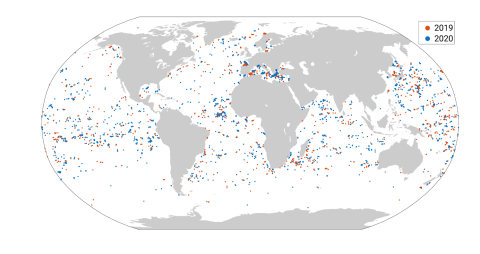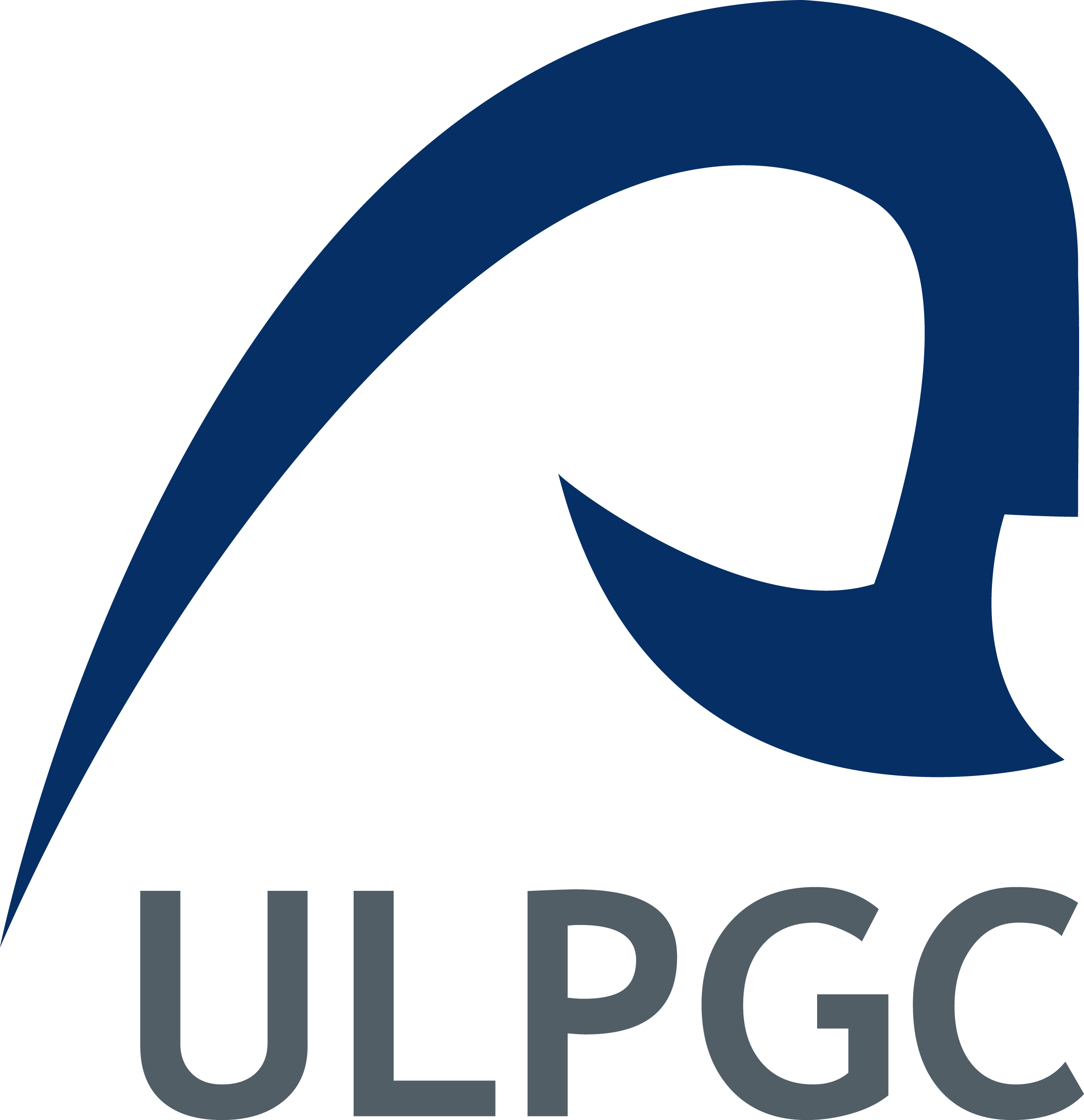Ph.D. Program in Oceanography and Global Change at the Canary Islands, Spain
Submitted by ignacio on Sun, 06/25/2023 - 19:25

The Argo observation network is made up of approximately 4,000 drifting floats, which provide valuable information about the ocean and its role in the climate system. Each one of these floats work in continuous cycles, until their batteries run out. Despite its consolidated technology, the Argo community continually assesses the status of the sensors mounted on each of the floats. Recovering floats would offer a great opportunity to gain insight into sensor performance and stability, although the economic and environmental costs of dedicating a ship exclusively to recover Argo floats make it unsustainable. In this work, the potential of world shipping traffic as float recoverers has been evaluated through an analysis of encounters based on the Automatic Identification System (AIS) of ships and the location of Argo floats in the years 2019 and 2020. About 18,500 and 28,500 encounters happened for both years, respectively, being the Mediterranean Sea region the basin that hosted the most encounters, and fishing boats the most suitable type of ship aimed for potential recoveries. A total of 445 and 540 floats interacted with the world shipping traffic in favorable weather conditions in both years, a figure equivalent to 44% - 54% of the annual replacement rate of the Argo network. The same approach was applied to 703 floats affected by fast salinity drift (FSD), an issue that has recently come to the attention of the Argo community. It turned out that 215 and 301 FSD-affected floats interacted with ships of opportunity in both years.




Add new comment